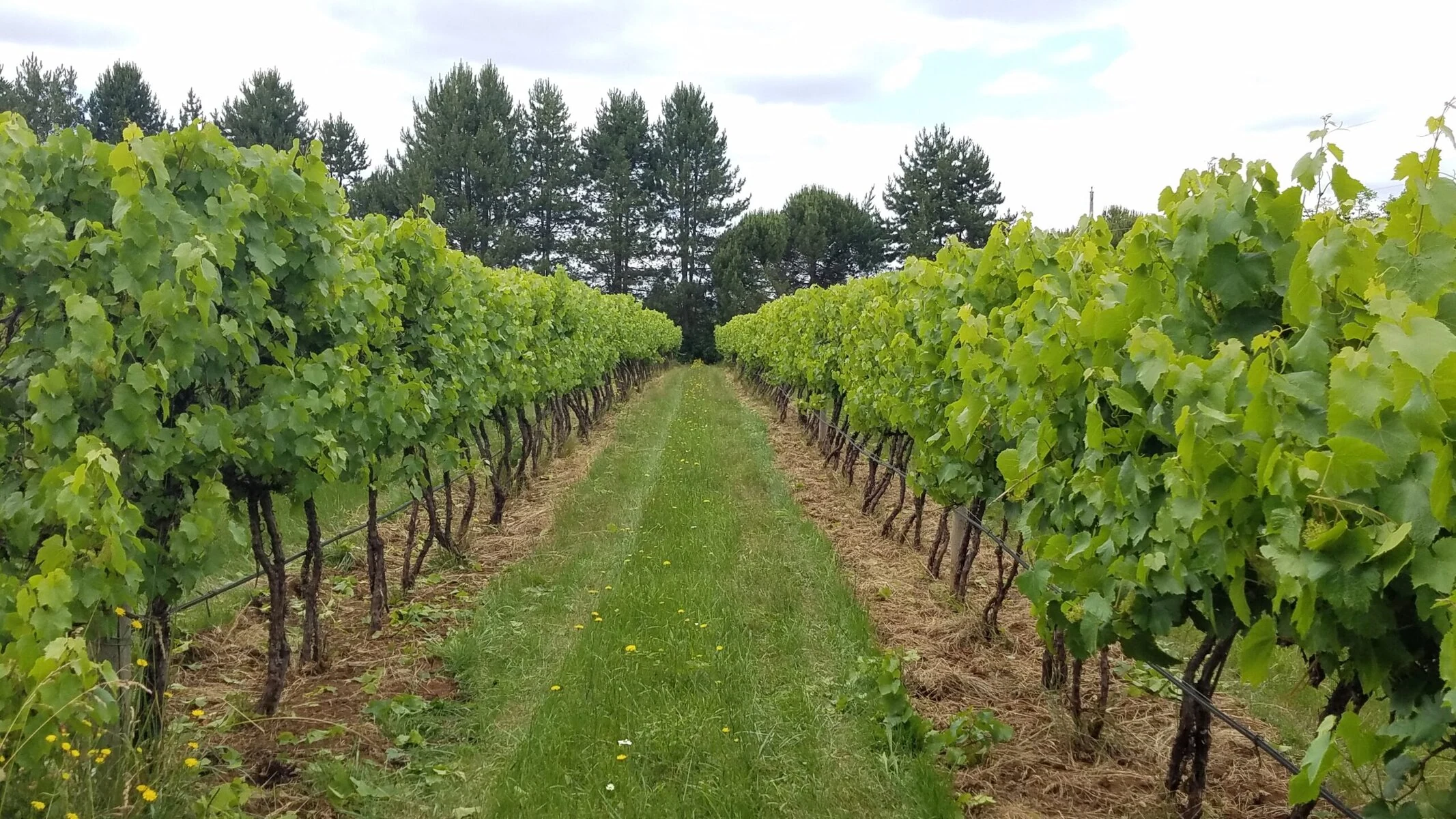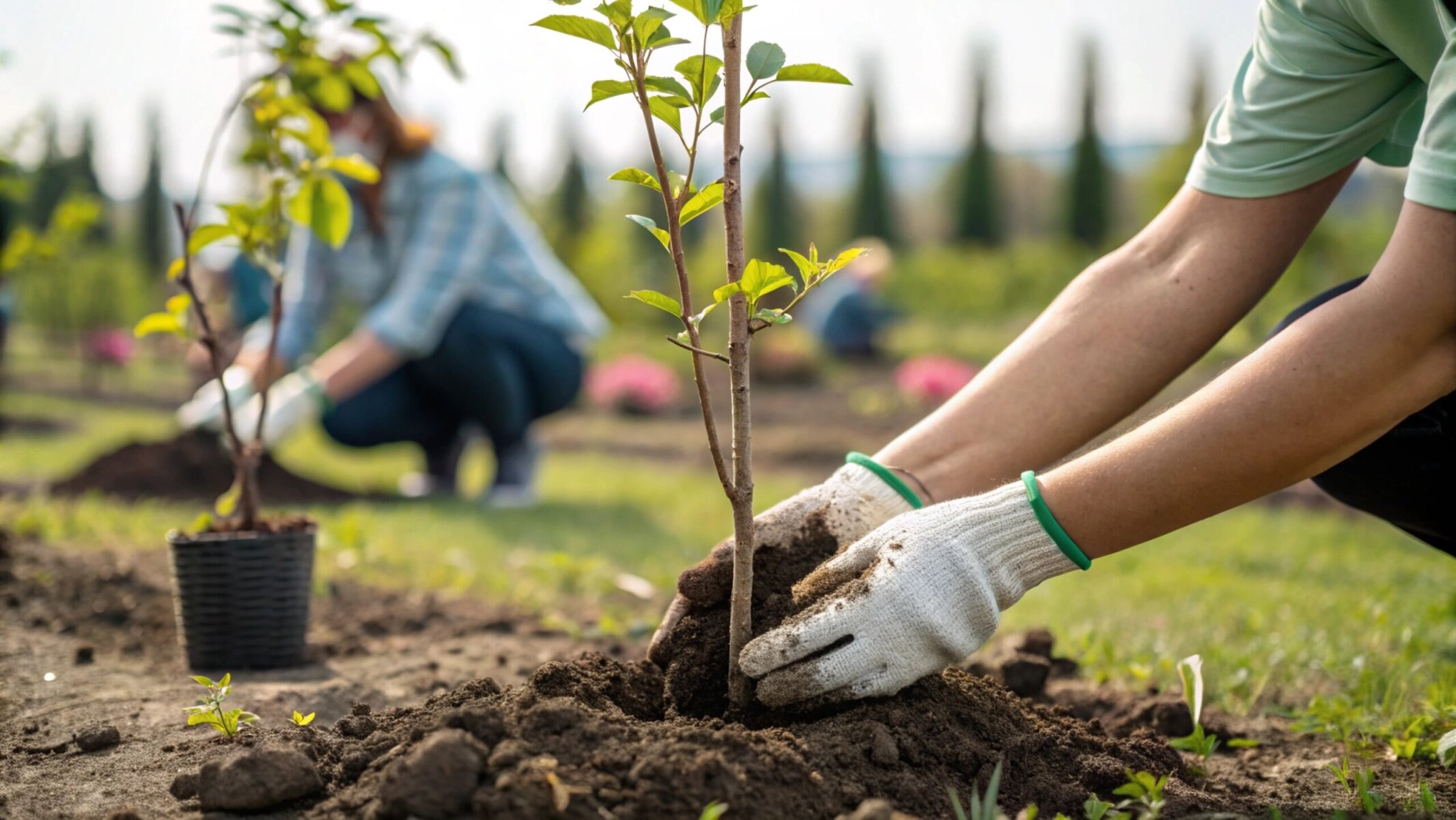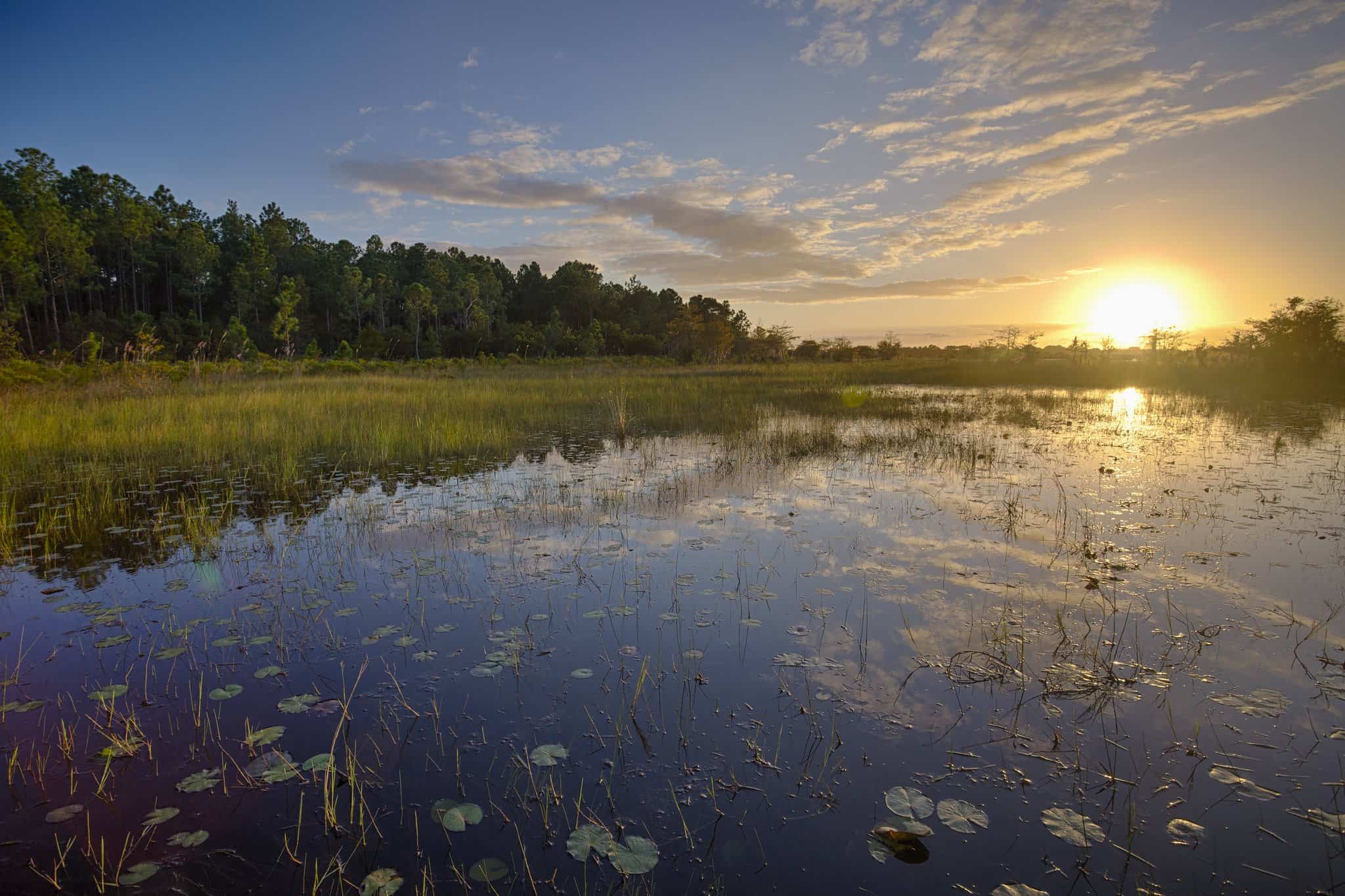In Uttarakhand’s prime fruit-growing region, a brightly clad woman carries a pitcher to what looks like a tiny temple set amid apricot orchards. This 400-year-old structure is one of the hundreds of water temples, locally called naulas, that dot the steep Himalayan slopes of Uttarakhand, a state in Northern India. Naulas were historically built over freshwater springs, which formed wherever groundwater managed to find its way to the surface. They protected the springs, crucial sources of drinking water for local communities, from fallen leaves and other contaminants.
The woman lights a little earthenware lamp inside and emerges with the pitcher, now filled with fresh water. After she leaves, I venture inside the naula. Its doorway is so small that one has to bend almost double to enter. Dark and damp inside, it has a series of shallow steps in the form of an inverted trapezoid-shaped pool brimming with clean water. In the flickering light of the lamp the woman has left behind, the ancient geometry looks like an optical illusion. But its modern day utility is undeniable.
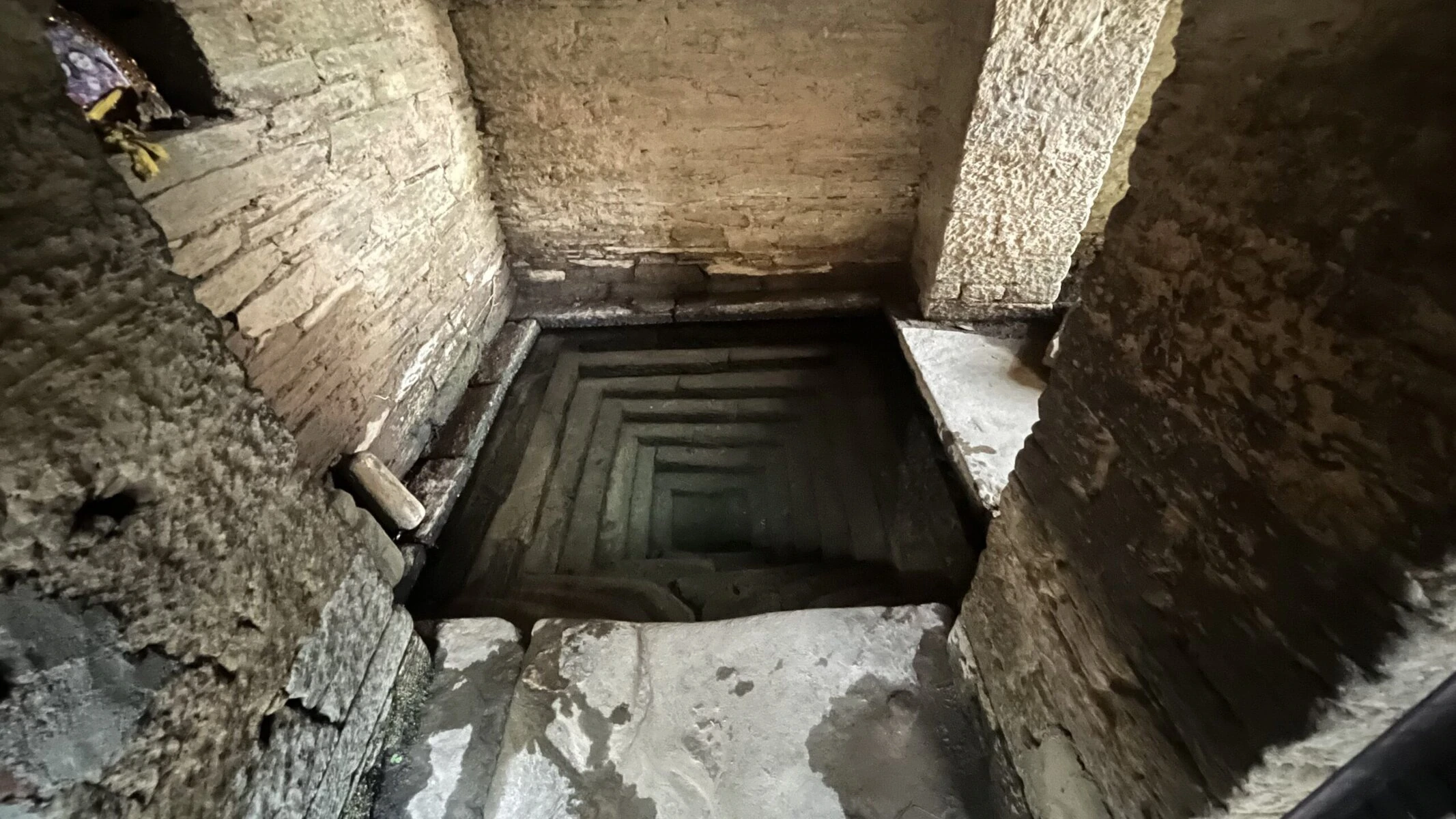
“This naula is the pride of our village Satkhol,” apricot farmer Nand Kishore Khabdwal says. “In the mountains, it is a matter of great fortune to have a permanent water source, especially in the summer when we have a huge crush of tourists and a crippling water scarcity.” He tells me that the residents of Satkhol consider the naula, as well as its environs, sacred. They take care not to wash clothes nearby or sully the water in any way. Consequently, the water that filters in through fissures in the steps is squeaky clean.
Traditionally, Himalayan communities always revered springs and streams, recognizing their importance in providing much-needed water security. Ironically, the region, which is often called the Third Pole, as it has a greater snow and ice cover than any other region on Earth barring the North and South Poles, has always been parched in the summer. In the last few decades, water scarcity has become an even bigger problem amid increased construction, deforestation and population pressures. A 2017 survey by the Indian government’s think tank, NITI Aayog, found that more than half of the perennial springs in the Garhwal region of Uttarakhand had dried up or become seasonal.
Weighed down by negative news?
Our smart, bright, weekly newsletter is the uplift you’ve been looking for.“In the early 2000s, before our eyes, our naula began drying up,” Khabdwal recalls. “But because we had piped water, we initially didn’t really worry about it.” However, the Himalayas are restless mountains, where landslides, earthquakes and flash floods are not uncommon. Consequently, piped water supply is not always reliable. “Without water in our naula, we found ourselves parched whenever the water supply was disrupted,” he says.
“Where does the water in our Naulas come from?”
In 2006, when local NGO Central Himalayan Rural Action Group (its acronym CHIRAG aptly means lamp in Hindi) approached the residents of Satkhol to revive their naula, they were happy to participate. Khabdwal, along with a dozen others, half of whom were women, formed a Water User Committee, which was entrusted with the revival and upkeep of the naula. “The first surprise we had was when we went with the CHIRAG team to map our spring, and found that its catchment area was a couple of miles uphill,” he says. “My grandfather could tell, simply by examining the area around a spring, where its likely recharge zone lay. But as our land began to fetch better prices and the young began migrating to cities for better jobs, we somehow lost this knowledge somewhere along the way.”

CHIRAG approached the restoration from a springshed-management perspective, restoring its catchment area uphill, digging contour trenches to increase the absorption of rainwater and planting native and water-harvesting tree species such as grey oak, brown oak, alder, willow and weeping willow around it. Month on month, the naula improved and with it, so did the residents’ knowledge of mountain hydrology.
The committee has also undergone several training sessions on sustainable water practices.
“Now our task is to talk to as many people as we can about them,” Khabdwal says. “We usually start by asking if they know where the water in our naula comes from.” Using this opening question, they show villagers the natural path of the underground aquifer that feeds their naula. Additionally, they look out for potential sources of contamination, like open defecation and septic tanks being built in the recharge area, and have also helped dig contour trenches to catch the surface runoff and increase the infiltration to recharge groundwater. Khabdwal says they organize periodic cleanups of the revived naula and its environs, and thanks to this community effort, the naula has been going strong for the last two decades.
Developing water security, one naula at a time
Community buy-in has been critical to the success of these revived naulas, according to Abhishek Likam, who leads the springshed management program at CHIRAG. “Springs are a collective resource,” he says. “They need to be managed and nurtured collectively.”
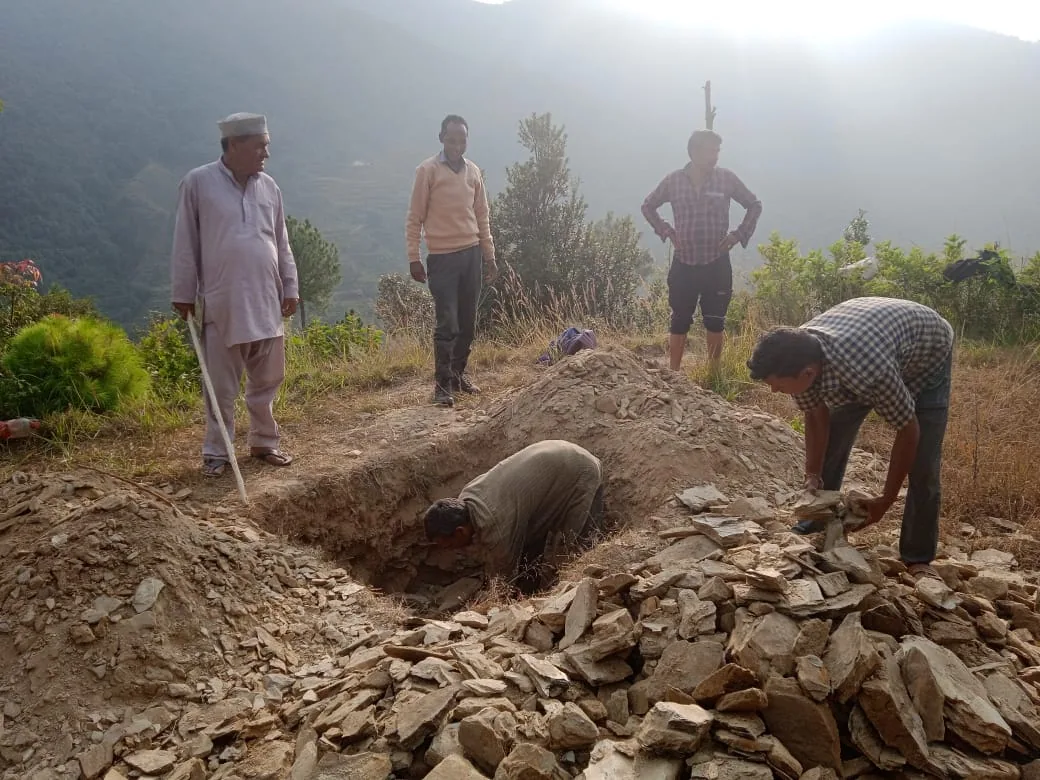
Across the state, communities have found different ways to do this. Like the Satkhol committee, many others have become water ambassadors. In a nearby village, women from a water user committee have set up nurseries of native trees near the natural springs, and work with the forest department to reforest the catchment areas.
CHIRAG restored 716 springs between 2008 and 2019, generating funds through philanthropic foundations. Since 2019, the organization has also helped develop the springshed restoration capacities of other NGOs such as the People’s Science Institute, and their combined efforts have resulted in over 6,000 springs being restored.
The process of rejuvenating a single naula costs approximately $5,100 U.S., and the time needed for a naula to regain its water carrying capacity, especially in the dry summer months, depends on how easily the catchment area can be restored. “Much of our advocacy is with the people who own land in the recharge zone,” says Likam. “It isn’t always easy to convince landowners, especially those who are not local and have little idea of local hydrology, that their actions are impacting naulas several miles away.” And new construction always poses a threat. Pointing wryly to a nearby road being built, Khabdwal says, “The flattening of the mountain slope that this needed may have undone the impact of years of work on recharging a naula downhill.”
However, this very awareness is also the biggest impact of naula restoration, Likam notes: “The act of restoring and maintaining naulas has also rekindled long-lost community interest in sustainable construction and water harvesting practices.” People see firsthand how keeping the catchment area clean, taking care of local broadleaf forests and digging contour trenches can fill their naulas and keep them water secure,” he says. Other Himalayan states like Jammu and Kashmir, Assam and Arunachal Pradesh have also shown an interest in reviving their traditional water harvesting structures. Reviving springs has the potential to transform more than just the lives of Himalayan communities for whom springs are an important source of drinking water: Reports suggest that these springs contribute substantially to the base flow of large Himalayan rivers, and reviving them could, in the long term, improve the hydrology of the densely populated river basins of the Ganges, Brahmaputra and Yamuna.
Meanwhile, the Satkhol naula has once again become the center of community life. Women come here to drink water and chat in the evenings, and whenever there is a wedding in the village, the new daughter-in-law offers obeisance here. “It feels good to see water in the naula,” Khabdwal says. “Somehow it makes me feel closer to my ancestors.”





